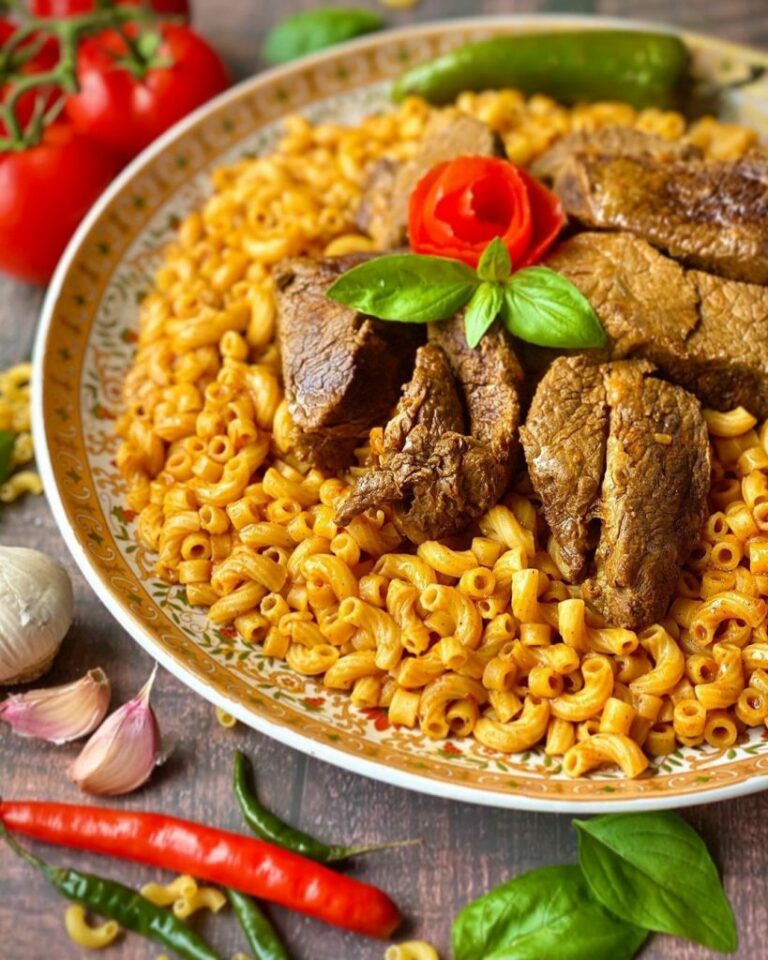Introduction: Examining Libyan Coastal and Fishing Traditions in Cuisine
Libyan cuisine is a product of the country’s rich history and diverse cultural influences, including those of its coastal and fishing traditions. Libya’s extensive Mediterranean coastline has long been a source of fresh seafood, making it a crucial part of the country’s culinary identity. In this article, we will explore the influences of Libyan coastal and fishing traditions on the country’s cuisine and examine how they have shaped the flavors and ingredients used in Libyan dishes.
Seafood Staples: Common Ingredients in Coastal Libyan Cuisine
Fish and seafood are staples in Libyan coastal cuisine, and many of the country’s most famous dishes feature these ingredients. Common seafood dishes in Libya include grilled fish, fried calamari, and stuffed squid. Other popular seafood items include shrimp, mussels, and octopus, which are often used in stews and soups. In addition to seafood, coastal Libyan cuisine often includes rice, pasta, and tomato-based sauces.
From the Sea to the Table: Traditional Libyan Fishing Practices
Fishing has been an important part of Libyan culture for thousands of years, and many traditional fishing practices are still used today. Libyan fishermen use a variety of techniques to catch fish, including hand lining, trolling, and trawling. Some of the most common species of fish caught in Libyan waters include sardines, tuna, and sea bream. Once the fish are caught, they are often sold at local markets or used in traditional coastal dishes.
The Role of Spices and Herbs in Libyan Coastal Cooking
Spices and herbs are an important part of Libyan cooking, and many traditional coastal dishes feature a variety of flavorful spices. Common spices used in Libyan cuisine include cumin, turmeric, and coriander, which are often combined with garlic and chili peppers to create complex flavor profiles. Herbs such as parsley, cilantro, and mint are also commonly used in coastal Libyan cuisine to add fresh flavors and aromas to dishes.
Regional Variations: Influences from Libyan Coastal Cities
Libya’s coastal cities each have their unique culinary traditions, and the dishes of Tripoli, Benghazi, and Misrata all feature different flavor profiles and ingredients. In Tripoli, seafood is often combined with tomato-based sauces and pasta, while in Benghazi, grilled fish and spicy stews are more common. Misrata’s cuisine is known for its use of local spices and ingredients, such as star anise and lemon.
The Future of Libyan Coastal and Fishing Traditions in Cuisine
Libyan coastal and fishing traditions are threatened by overfishing and environmental degradation, which could have a significant impact on the country’s culinary identity. However, efforts are being made to preserve these traditions, such as the establishment of marine protected areas and the promotion of sustainable fishing practices. By supporting these initiatives, we can help ensure that future generations are able to enjoy the unique flavors and ingredients of Libyan coastal cuisine.

